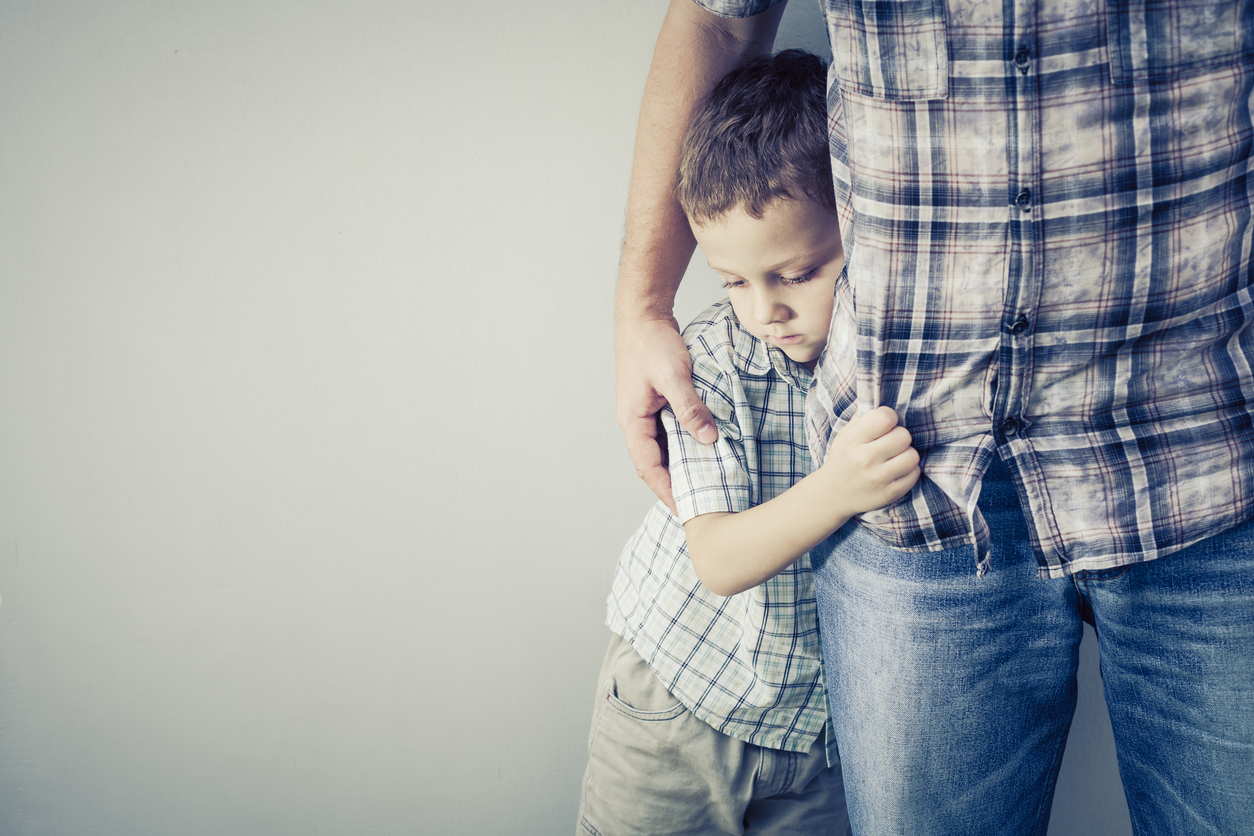
When children show signs of anxiety, it's important to create a safe, supportive environment where they feel hear and understood.
Caregivers and teachers can help by acknowledging the child’s feelings without judgment, offering reassurance, and encouraging them to talk about what’s making them anxious. Simple coping techniques like deep breathing exercises, mindfulness games, and using a worry journal can be effective tools to help children manage their emotions. Establishing routines and setting small, achievable goals can also provide a sense of control and predictability, which is comforting to anxious children.
On the other hand, it’s important not to dismiss, minimize, or shame a child’s anxiety. Saying things like “you’re overreacting” or “there’s nothing to worry about” can invalidate their feelings and discourage them from opening up in the future. Avoid forcing children to face their fears before they’re ready, as this can increase distress and make the anxiety worse. Also, try not to model anxious behavior — children often mirror the emotional responses of adults around them. Instead, stay calm and steady, providing a sense of security and stability they can rely on.
Manage Stress
Identify Triggers
Recognize the situations, thoughts, or feelings that tend to trigger anxiety.
Seek Professional Help
Medication
Prioritize Sleep
Aim for 7-9 hours of quality sleep per night, as sleep deprivation can worsen anxiety.
Eat Healthy Food
Regular Exercise
Engage in physical activity for at least 30 minutes most days of the week. Exercise releases endorphins that can boost mood and reduce anxiety.
